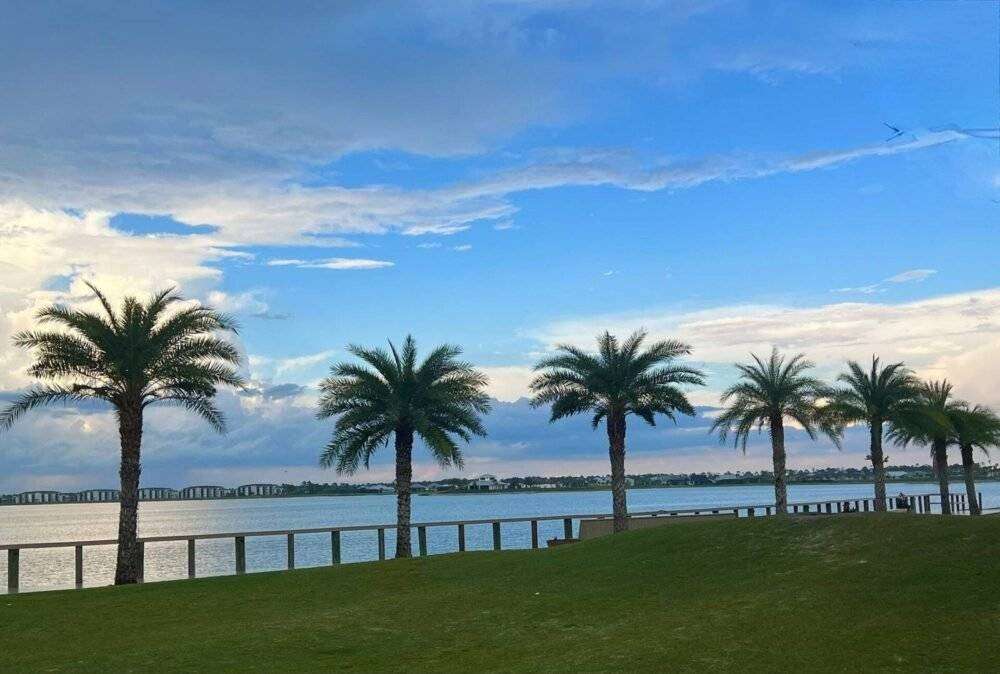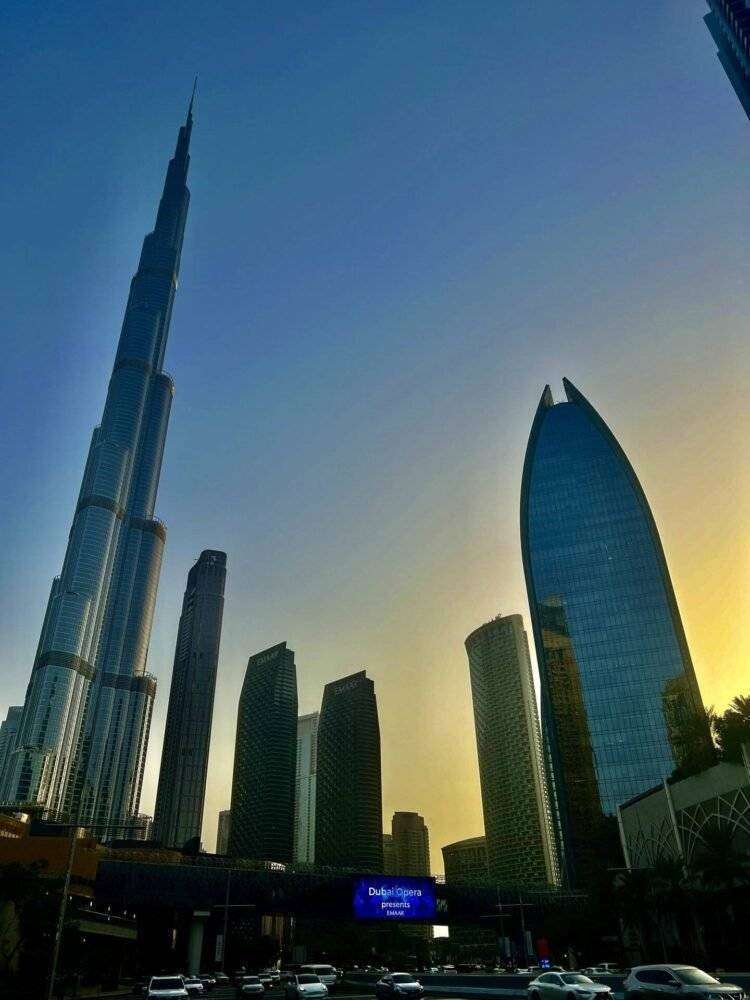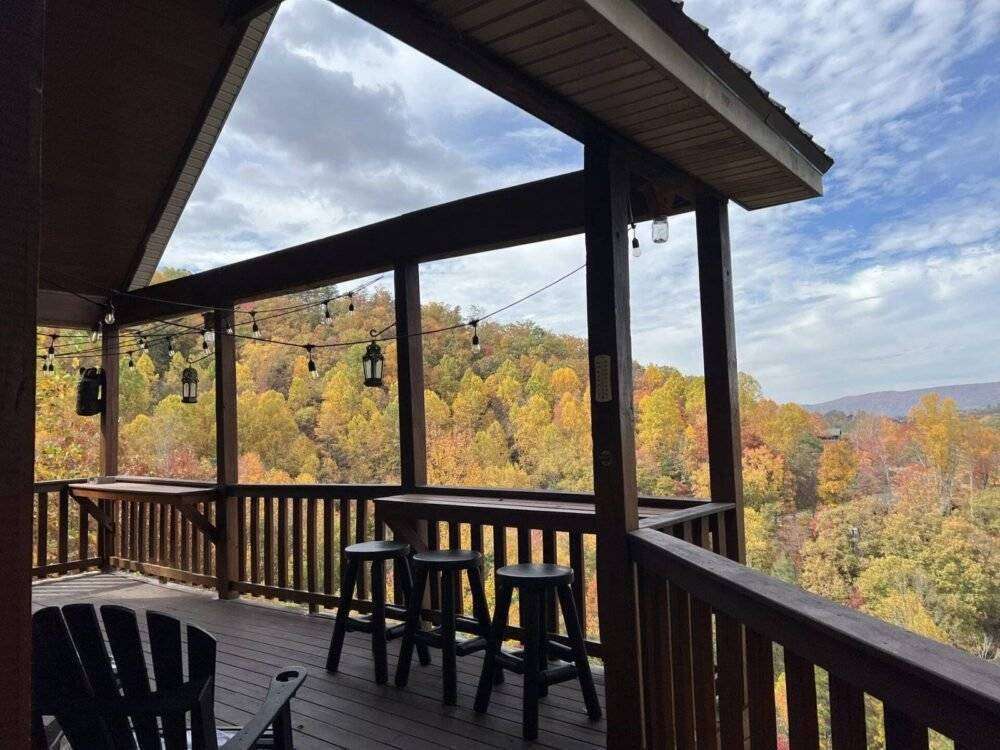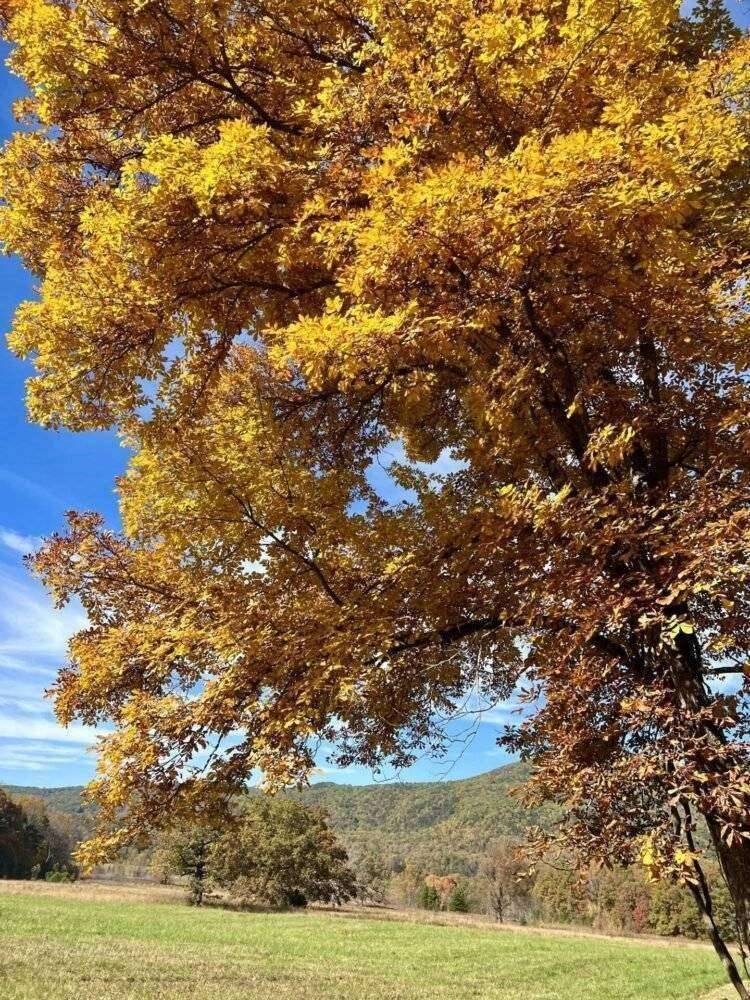Now, Nepal is often touted as a “year-round destination,” and sure, there’s something for everyone at any time. But let’s be real here, my fellow wanderers, not all seasons were created equal. And that’s where we come in – to unravel the secrets of Nepal’s seasons and help you to know the Best Time to Travel to Nepal.
Are you an intrepid trekker seeking the thrill of conquering those towering peaks? Or maybe you’re a cultural explorer yearning to immerse yourself in the vibrant streets of Kathmandu? Heck, you might even be a wildlife enthusiast dreaming of encounters with exotic creatures. No matter what kind of traveler you are, the timing of your grand Himalayan escapade can truly make or break your experience.
So, ladies, in this blog post, we’re gonna break it all down for you. We’ll stroll through the different seasons Nepal has up its sleeve, each with its own unique charm and activities. It’s time to find out when those stars truly align for your Nepal adventure and believe me, we won’t leave a stone unturned.
The Four Distinct Seasons in Nepal
Spring (March to May): A Blossoming Affair
Ah, springtime in Nepal: This is when the whole country comes alive in a riot of colors. Imagine vibrant rhododendrons blooming like there’s no tomorrow, adding a touch of magic to the already breathtaking landscapes. The weather is warming up from the chillier winter days, and you can finally bid adieu to those bulky winter jackets and say hello to lighter layers.
With average temperatures ranging from a pleasant 15 to 25 degrees Celsius (59 to 77 degrees Fahrenheit), it’s prime time for some epic trekking adventures. The trails are still relatively uncrowded, so you can channel your inner trailblazer without having to dodge hordes of tourists at every turn. Plus, the clear skies during spring offer magnificent views of those colossal Himalayan peaks.
Summer (June to August): Hot, Hot, Hot (and oh, the Monsoons!)
Hold onto your sunhats, my fearless females, because summer in Nepal can get quite toasty. Average temperatures can reach a sizzling 30 degrees Celsius (86 degrees Fahrenheit) and beyond. So, prepare to unleash your inner sun goddess as you lather on that SPF and explore the wonders this country has to offer.
But wait, there’s more! Summer also brings along the notorious monsoon season. Picture this: pouring rain, muddy trails, and occasional leeches trying to hitch a ride on your ankles. It’s an adventure in itself, don’t you think? The landscapes transform into a lush, green paradise, with waterfalls cascading down mountainsides like a scene from a fairytale. Just make sure to pack your rain gear and a sense of humor because those unpredictable downpours can make even the most prepared traveler seem like they just took a spontaneous dip in a swimming pool.
Autumn (September to November): A Symphony of Colors
Ladies, prepare to have your breath taken away during autumn in Nepal. This is, hands down, the most popular time to visit, and for good reason! The weather is cooler, with temperatures ranging from a pleasant 15 to 24 degrees Celsius (59 to 75 degrees Fahrenheit), making it perfect for exploring without feeling like a melting popsicle. The skies are clear, and those majestic mountain peaks seem so tantalizingly close that you can almost touch them.
But it’s not just about the mountains. Autumn is also the festival season when the locals celebrate everything from Dashain to Tihar. The atmosphere is electric, with vibrant processions, stunningly adorned temples, and marketplaces bursting with colors and festivities. This is your chance to immerse yourself in the rich culture of Nepal and witness traditions that have been passed down through generations.
Winter (December to February): Baby, It’s Cold Outside
Bundle up, babes, because winter in Nepal brings a chill to the bone. Temperatures can drop to a frosty -2 to 15 degrees Celsius (28 to 59 degrees Fahrenheit). But fret not, for adventurous souls like yourself, this is a prime opportunity to experience Nepal in a unique and less crowded way. Picture yourself trekking through snow-covered landscapes, with the crisp air filling your lungs and the mountains draped in a blanket of white.
The Best Time for Trekking and Hiking
Nepal is a mecca for all you trekking and hiking enthusiasts out there. Seriously, it’s like the holy grail of epic trails and jaw-dropping mountain vistas. People come from far and wide to test their limits, push their boundaries, and get that adrenaline pumping in the heart of the Himalayas.
Autumn – the Rockstar Season!
Alright, buckle up, ladies, because autumn in Nepal is the time when trekking takes center stage. If you want to be part of the cool crowd, this is when you should plan your adventure. The weather? Absolutely divine. The trails? Less crowded than an empty movie theatre showing a black-and-white film from the 1920s.
Autumn in Nepal is like hitting the adventure jackpot. The temperatures are just right, ranging from a refreshing 15 to 24 degrees Celsius (59 to 75 degrees Fahrenheit), making it the Goldilocks of trekking seasons – not too hot, not too cold, but just perfect for getting your sweat on while gabbing about life with your fellow trailblazers. Keep in mind climbing Mt. Everest doesn’t fall into this season as it is almost always done from April to May, that is a different beast altogether.
And oh, let’s not forget the famous trekking routes that are begging to be conquered. The Everest Base Camp, where you can stand in awe of the world’s highest peak and bask in the glory of your own badassery. The Annapurna Circuit is an epic journey that will leave you breathless – both from the astounding vistas and the uphill climbs. The Langtang Valley is a hidden gem where you can lose yourself in the tranquil beauty of the Himalayas, away from the touristy throngs. These are just a few of the legendary treks that await your fearless feet.
Embracing Nepalese Culture through Festivals
Nepal is the land of breathtaking natural beauty and a cultural tapestry that’ll make your head spin! But hey, if you thought you could just soak up the scenery and call it a day, think again!
Dashain (September or October)
This Bad Boy takes place over a span of 10 days, usually in September or October. It’s like a family reunion on steroids, where everyone comes together to worship the goddess Durga and celebrate the triumph of good over evil. During Dashain, the streets are flooded with colors, the air is filled with the scent of incense, and there’s enough food to feed a small army. And speaking of the army, traditions are passed down from generation to generation, with elders blessing the younger ones and exchanging “tika” – a mix of yogurt, rice, and vermillion. Embrace the devotion and familial love that fills the air during Dashain, and you’ll be left with memories that’ll last a lifetime.
Tihar (Festival of Lights in October or November)
Right on the heels of Dashain comes Tihar, the “Festival of Lights” or “Deepawali.” This is Nepal’s answer to Diwali, and boy, do they know how to celebrate! Tihar is like a symphony of lights, colors, and sounds. Brightly adorned houses, intricate rangoli designs on the ground, and the sweet melody of traditional songs – it’s a feast for the senses! But it’s not just about the aesthetics, my friend. Tihar is also a time to show gratitude to animals that play a significant role in human life. Crows, dogs, and cows all get their share of worship and love. And let’s not forget the goddess of wealth, Laxmi, and the festival of brother-sister love, Bhai Tika.
When you find yourself in the midst of these celebrations, my bold adventurer, be sure to show the utmost respect for the customs and traditions. Engage with the locals, learn about the significance of each ritual, and don’t be shy to participate! The Nepalese are known for their warm hospitality, so buckle up for some serious family feels. You’ll be welcomed with open arms, invited to ceremonies, and offered traditional foods, all while feeling like you’re part of a Nepalese family.
Wildlife and Jungle Safaris
Sure, Nepal may be famous for its towering peaks and lush valleys, but did you know it’s also a wildlife paradise? Oh yeah, we’ve got it all – elusive Bengal tigers, one-horned rhinoceroses, and more bird species than you can shake your binoculars at. Seriously, it’s like a real-life episode of National Geographic up in here.
Prime Time for Wildlife Enthusiasts
Bird Watching: Calling all bird nerds! Nepal is your ultimate playground. The best time for bird watching is during the spring and autumn months, from March to May and September to November. It’s all about those migratory birds, baby. So, pack your camera, put on your birding hat, and get ready to spot some feathery friends.
Tiger and Rhinoceros Safaris: Now, if you’re in the mood for some real jungle action, plan your visit during the dry months from October to April. This is when the odds of spotting those majestic tigers and rhinoceroses are in your favor. So, hop on that jungle safari train and channel your inner Mowgli.
Elephant Safaris: Who needs a jeep when you can ride on the back of an elephant? Elephant safaris are available year-round, but if you want clearer visibility and more comfortable conditions, go for the dry season from October to April. Just imagine cruising through the wilderness on the back of an elephant, like a total badass.
Jungle Walks: Alright, my hiking divas, listen up. Jungle walks are best enjoyed during the dry season when the trails are less muddy, and the wildlife is more active. So, lace up those hiking boots, strap on your sunblock, and get ready to conquer the wilderness on foot. The period from October to April is your golden ticket to a real-life jungle adventure.
Now, let’s talk about two of Nepal’s star players in the national park game: Chitwan and Bardia. These bad boys are the real deal when it comes to wildlife encounters. Chitwan National Park is known for its dense forests, grassy plains, and, of course, the elusive Bengal tiger. And Bardia National Park? Well, it’s like Chitwan’s wilder cousin, with rugged landscapes and even more opportunities to spot those majestic creatures. So, take your pick, my fearless adventurers, and get ready to embrace the untamed beauty of Nepal’s national parks.
The Monsoon Dilemma
Alright, let’s talk about the elephant in the room, or should I say, the elephant in the monsoon? Yeah, we’re diving into the wild world of Nepal’s rainy season. Brace yourselves, my adventurous souls, because this is where things get wet and wild.
From June to August, the monsoon takes control of Nepal, casting its watery spell over the country. You know what that means, right? Heavy rainfall, cloudy skies, and oh-so-lush greenery. It’s like Mother Nature’s painting with every shade of green imaginable.
But let’s talk real talk here, ladies. The monsoon can seriously mess with your travel plans, so it’s essential to understand what you’re getting yourself into.
Pros of Visiting During Monsoon
- Lush Landscapes: Get ready for a green makeover like no other. The monsoon breathes life into Nepal’s landscapes, turning them into a lush, vibrant paradise.
- Fewer Crowds: Monsoon is the off-season, which means fewer tourists clogging up the spots you want to explore. Say goodbye to selfie sticks and hello to tranquil experiences.
- Lower Prices: Cha-ching! That’s the sound of your wallet celebrating. During the monsoon, accommodation and tour prices drop faster than a raindrop on a rooftop. So if you’re looking for a budget-friendly adventure, this is your golden ticket.
Cons of Visiting During Monsoon
- Heavy Rainfall: Okay, let’s be real. The monsoon means business. You can expect daily downpours that could put a damper on your outdoor activities and trekking plans. So, it’s time to embrace your inner mermaid and channel your flexibility.
- Landslides and Flooding: The rain can be a real buzzkill, causing landslides on trekking routes and flooding in some areas. We love a good adventure, but safety first, ladies. Stay informed, keep an eye on weather forecasts, and adjust your plans if necessary.
- Limited Mountain Views: Remember those stunning Himalayan vistas you came for? Well, they might be hiding behind a curtain of clouds during the monsoon. It’s like the mountains decided to play hard to get.
Alright, my fearless ladies, we’ve reached the end of our journey through Nepal’s seasons and experiences.
So, listen up, ladies. The “best” time to travel to Nepal depends on YOU. That’s right. You’re in control. Whether you want to soak in panoramic mountain vistas, join vibrant cultural celebrations, spot some wildlife, or save some cash, Nepal has got you covered year-round. The choice is yours, my empowered adventurers.
As you pack your bags and get ready to embark on your Nepal adventure, remember that this nation offers more than just breathtaking landscapes. From blooming rhododendrons to monsoon rains and cultural festivals to jungle safaris, Nepal’s diversity of experiences awaits you. So, my bold travelers, embrace the season that calls to you, plan your journey based on your passions, and let Nepal leave an imprint on your wanderlust-filled soul. Safe travels and Namaste.
Summary of Suggested Times for Activities in Nepal:
Season | Activities and Highlights |
| Spring | – Epic trekking adventures |
| – Uncrowded trekking trails | |
| – Clear skies for Himalayan views | |
| Summer | – Exploring the country |
| – Experiencing the monsoon | |
| – Lush green landscapes | |
| Autumn | – Trekking and hiking |
| – Cooler and pleasant weather | |
| – Festival season and cultural immersion | |
| Winter | – Unique, less crowded experiences |
| – Trekking in snow-covered landscapes | |
| – Crisp air and winter charm |
No matter where you head to in life, always remember to Travel Till You Drop!
Book Your Trip : Check Out My Resources for Your Travel Needs
Use Skyscanner to find a cheap flight. This is my very first stop when I’m looking for my next trip. It’s a fast, easy-to-use search engine that is perfect for finding an affordable flight, a perfect hotel, and the right rental car for you in locations around the globe.
Book Your Accommodation
If you are looking for a super budget friendly location and are open to a hostel stay, make sure you book your hostel with Hostelworld. It offers the broadest range of quality hostels around the world.
If you’d prefer a hotel or a guesthouse for stays less than 28 days, drop on over to Booking.com It’s perfect for providing excellent options, a ton of user reviews, and prices to fit every budget.
For stays over 28 days, AirBnB still remains my #1 choice. User reviews and monthly pricing allow for some incredible deals all around the world.
Don’t Forget Travel Insurance
Travel insurance is but a small up-front investment that you won’t want to leave home without. After just one experience of having to delay or cancel your trip or having your luggage stolen, you’ll wish you would have made that investment. I’ve hated my life a few times when the moment arose, and I decided to skip out. Let’s just say, I’ve changed my ways and recommend each of the following companies to protect your ass-ets.
My favorite companies are:
- SafetyWing (best for All Travelers)
- World Nomads (best of Adventure Travelers)
- MedJet (great for additional evacuation coverage)
Want to Travel for Free?
Travel credit cards allow you to earn points that can be redeemed for free flights and accommodation — all without any extra spending. Check out my guide to getting free flights to get started.
Ready to Book Your Trip?
Check out my Resource Page for the best companies to help you book your travel at reduced rates! This list will help you get to where you’re going. I know-I use them ALL the time!





